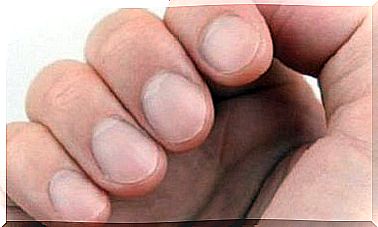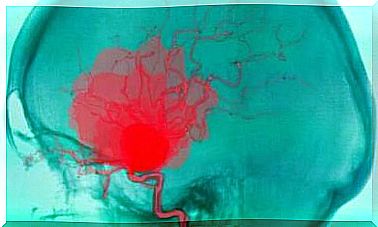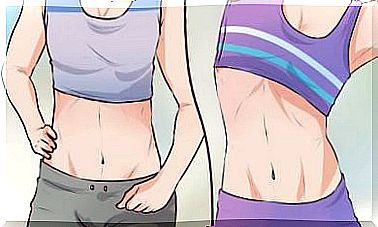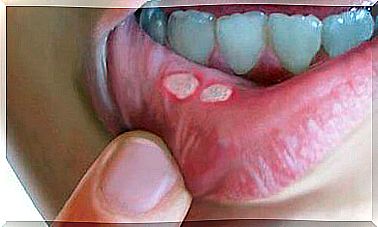Stroke Pain Relief With Acupuncture

Acupuncture is an ancient Chinese method of treatment in which the patient is injected with needles to well-defined points. According to Chinese tradition, acupuncture points are determined by the meridians that describe the organs of the body. In the treatment of diseases, tingling affects the flows along these meridians, and the goal is to balance the body. Acupuncture can treat a variety of ailments and certain parts of the body and can be used for pain relief.
In this article, we focus on the Ling Gu point known in acupuncture , which can bring relief from sciatica and back pain. Continue reading if you are interested in acupuncture for sciatica.
What is the Ling Gu Point?
The Ling Gu Point was first discovered by Chinese doctor Tung, who was known throughout China for his treatment methods and techniques. Tung was well-known among practitioners of acupuncture, as he was one of the first people to use small needles for best results.
The Ling Gu Point can be manipulated even every day and can treat many different symptoms, but especially back ailments. If you are doing sedentary work or your back is otherwise strained, it is good for you to know exactly this point as you can ease the pain yourself.
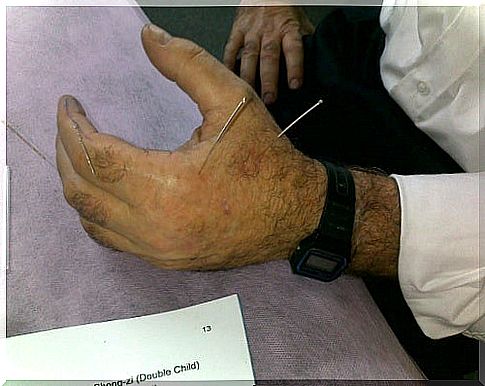
The acupoints discovered and managed by Master Tung were a family secret that always passed down from generation to generation, but in the end, the scores found were revealed to students and their use passed on to the general public. This way, everyone can take advantage of Tung’s knowledge and technology.
The Ling Gu point is located at the top of the palm, in the soft area between the thumb and forefinger, where the thumb bone joins the other bones of the palm. You can try pressing the point with the fingers of the other hand.
If you work and treat the area in the right way, you can effectively relieve sciatica and back pain . Sciatica pain is often more severe than normal lower back pain and typically radiates to the buttocks, hindquarters, outer thigh, lower leg, and toe. Symptoms of sciatica in the lower limb may include numbness, tingling, and muscle weakness. The difference from regular back pain is the sciatica pain felt in the leg, while in ordinary back pain the pain is concentrated in the back. Sciatica pain can be severe and interfere with normal daily life and movement.
Ling Gu point and acupuncture
To treat sciatica with acupuncture, we recommend that you visit an acupuncture specialist’s office so that you can perform the procedure correctly at home. Only visit a reliable acupuncture clinic where you can be sure that all equipment is sterile and treatment expert. The needle should always be placed in the opposite hand on the side to be treated, ie if the pain is felt on the left side, you should treat the right hand. As many as 75% of cases feel pain relieved in as little as a few minutes.
In addition to relieving sciatic pain, Ling Gu can be used to treat headaches, leg pain, menstrual cramps, and Bell’s paresis. Pregnant women should not treat the point as it may initiate labor.
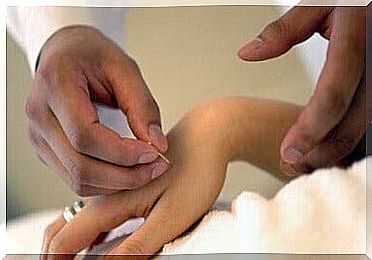
Pain can be relieved with just pressure
According to Ling Gu point experts, the point can also be manipulated without needles, with mere pressure. Squeeze the point between the thumb and forefinger of the other hand, and you will effectively relieve sciatica, headaches, toothaches and also relieve anxiety and back pain. Acupuncturists use needles to stimulate points, but only hands can be used at home.
Chinese acupuncture has defined more than 300 points in the human body, and treating the Ling Gu point has emerged as one of the most effective. The effects of acupuncture have been studied scientifically, but there does not appear to be consistent evidence for the treatment or benefit of acupuncture. However, studies show that acupuncture can be used as an analgesic, especially for musculoskeletal pain, neck and shoulder muscle pain, osteoarthritis pain, or back problems. Acupuncture may also be useful in the treatment of migraine and peripheral nervous system pain.
No one knows exactly exactly how the Ling Gu point works. According to a recent study, acupuncture needles increase blood circulation, which relieves pain. According to some studies, acupuncture increases the production of endorphins, which act as natural painkillers.
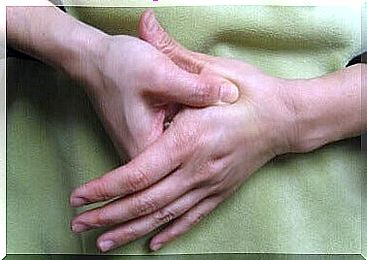
Acupuncture practitioners often stimulate the Ling Gu point along with other important points, and they build a treatment program appropriate to the patient according to personal needs. For example, when treating anxiety disorders, different points are stimulated than when treating menstrual cramps. Different scores in the body are suitable for relieving and treating different symptoms. The Ling Gu Point is therefore one of the most useful points, as it can be used to treat many different ailments.
Ling Gu point home care
If you want to try Ling Gu treatment on your own, you can squeeze the point we defined earlier between your thumb and forefinger between the fingers of your other hand and press straight down with your thumb. You will feel pain at the point if you have found the right place and pressed it hard enough. Don’t be afraid of the pain, it’s a sign that you’re doing the treatment right.
Even a few minutes can effectively relieve pain, but the real effect of treatment is usually seen after 20-40 minutes of continuous compression. If you don’t notice any effect on the pain by pressing the dot, try it in the other hand as well.
The Ling Gu Point can be easily treated at home, when a sudden pain strikes at work, or while sitting on a bus on a business trip. We do not recommend using needles at home unless you are more familiar with acupuncture. By stimulating the Ling Gu point, you effectively relieve back pain, sciatica, headaches, and disgusting cramps caused by menstruation. Try to keep the pressure at a point for 30 consecutive minutes, don’t wait for the pain to get worse, but treat it as quickly as possible.

